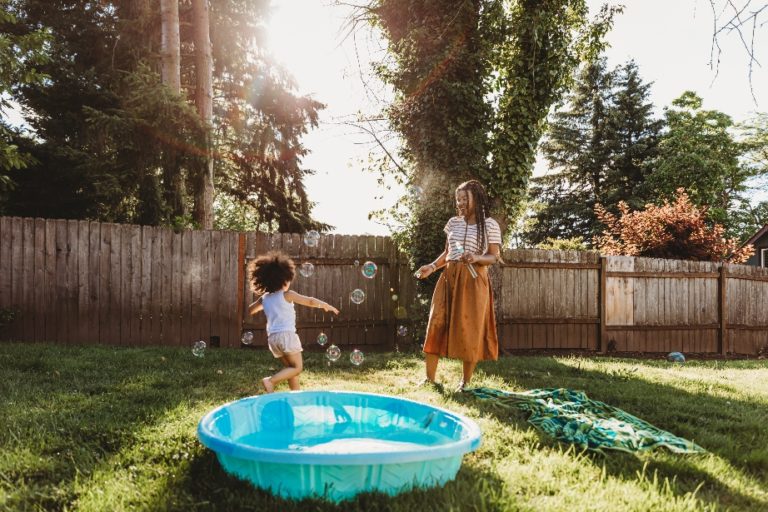Have you ever heard the saying, “The grass is always greener on the other side”?
When it comes to your lawn, there may actually been some truth in those words, especially if “the other side” is actually the house next door with the luscious green lawn. One way to upgrade your own outdoor space is to invest an in-ground sprinkler system.
There are a number of benefits to an in-ground sprinkler system beyond convenience. In fact, nice landscaping and lawn care can actually boost your home’s market value. And when watering is automatic, it’s easier to keep everything lush and beautiful — or, for some of us, just alive.
Plus, in-ground sprinkler systems use water more efficiently. That keeps your water bill in check, especially if your municipality has high rates.
To ensure your system is working its best, you’ll want to cover these maintenance basics.
How to Keep Your Sprinkler System from Freezing
Fall: Winterize every fall
- Drain out all the water
- Turn off the water supply
- Shut off the controller
- Insulate any aboveground valves
The most important way to protect your sprinkler system is to drain it every fall, before freezing temperatures hit. Otherwise, the pipes might crack, which can be more than little irrigating.
The best way to do it is to force out the standing water with an air compressor. That’s one reason why many people hire a professional for the job. Sprinkler and lawn-care companies typically charge $50 to $115 to winterize a system with up to six watering zones.
Some homeowners buy an air compressor and DIY this job every year. Or if your land is sloped, manually draining the system can work as well!
How to Turn On Your Sprinkler After Winter
Spring: Activate and inspect every spring
- Inspect and clean backflow preventer
- Turn on water supply
- Check for leaks
- Test system by zone
- Clean sprinkler heads
Once temperatures are consistently above freezing and the ground has thawed, it’s time to get prepared for the watering season. Pros typically charge $40 to $150 to turn on and inspect a system. Any repairs will be extra.
Careful activation and a full checkup can help prevent problems later in the season. For example, if you turn on the water too fast, the sudden pressure might damage valves and sprinkler heads.
What to Check Your Sprinkler System For
During the season: Tune up
It’s common to need a tune-up during the watering season. The average homeowner pays around $120 for extra service during the season.
Watch for any signs of problems. Keep in mind that sprinkler systems are split into zones. So while the majority of your system may look fine, there could be an issue in just one zone that needs addressing.
Dry patches
Keep an eye out for browning grass. Sometimes this appears in the form of a brown “doughnut” around the sprinkler head. If this happens, the head might be clogged with dirt or other debris. Or maybe the water pressure is low.
Wet areas
There could signify an underground leak. If you notice a wet area, call your pro right away. Even a small leak can waste thousands of gallons of water a month.
Misting
Sprinkler heads should spray water droplets, not mist. If you see mist, this may mean that your water pressure is too high. Besides wasting precious water, high pressure stresses the system which can lead to line breaks or other leaks.
Pop-up sprinklers that don’t pop
Sprinkler heads should fully extend. If they don’t, this may mean the water pressure is too low.
